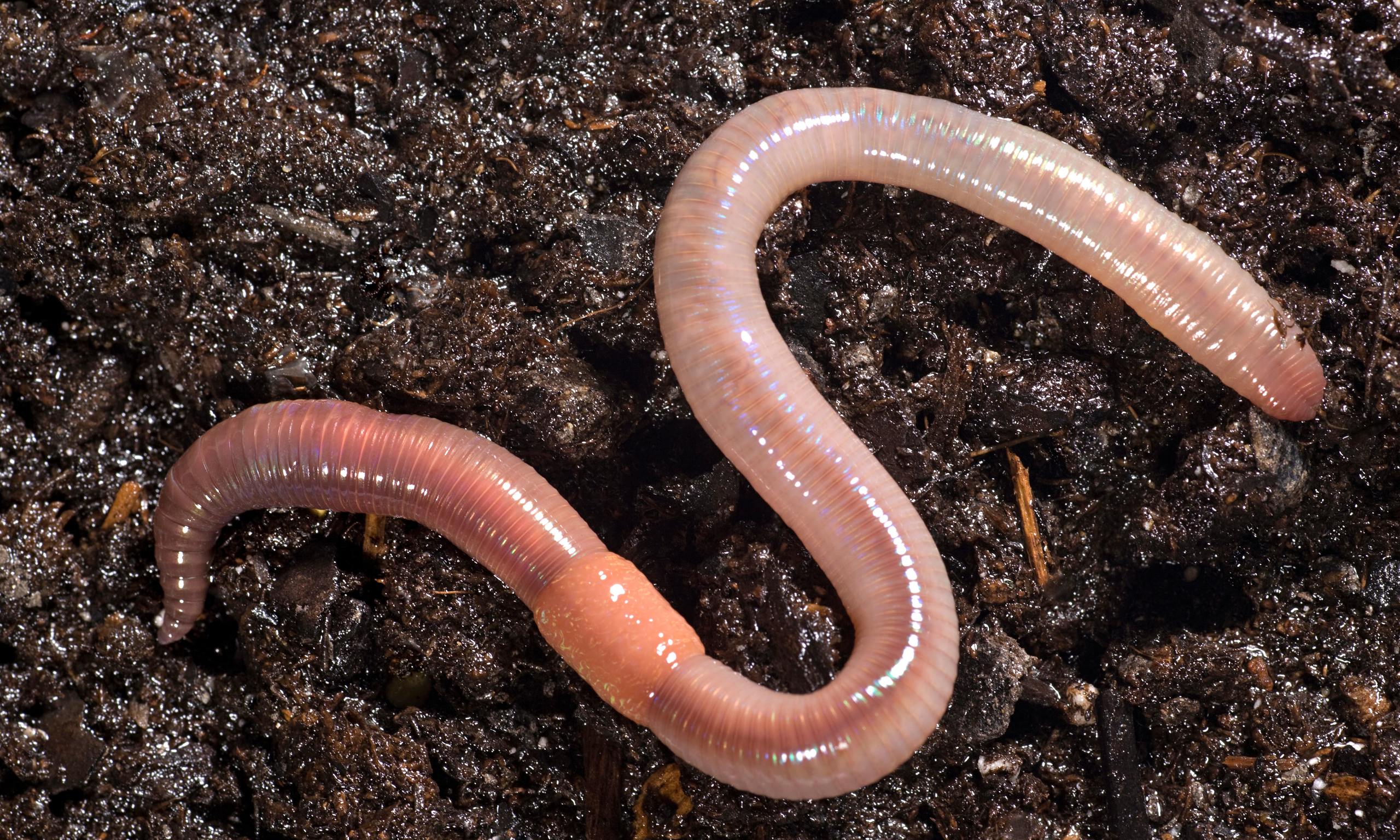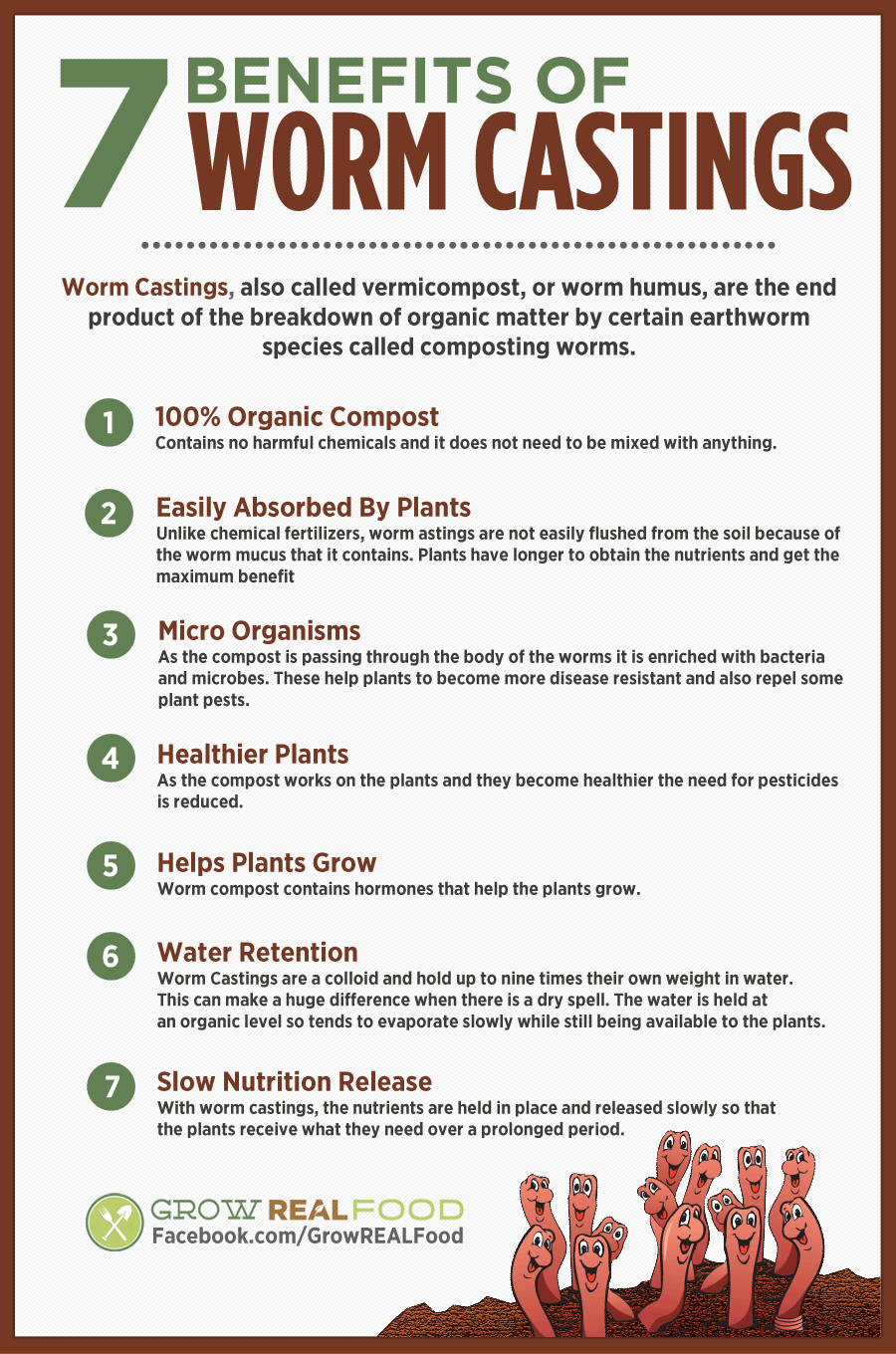What Does North Carolina Worms Mean?
Table of ContentsExcitement About North Carolina WormsAn Unbiased View of North Carolina Worms4 Simple Techniques For North Carolina WormsNorth Carolina Worms for Beginners
Example: 1-gallon of worm spreadings to 4 gallons of potting mix. 1/2 mug in the bottom of the growing hole for smaller plants. 1 mug for bigger plants.

The addition of tea can likewise include boosted microbial biomass to your soil. You can always side-dress your plants with worm spreadings at any type of time. Just keep in mind, the microbes will die if revealed to UV rays (Sun), so be sure to cover the castings with an inch or two of dirt.
This baffled them for years till the screening techniques ended up being much better. It would obtain better(with more spreadings), level off, and after that decrease. As well many worm spreadings would certainly increase the development to a rate that the plant could not recover from.
See This Report on North Carolina Worms
Several herbicides work with this exact same principle. 20% by volume seems to be the "Sugary food Place". I have clarified the virtues of worm spreadings for regarding 2000 words. What concerning the opposite of the coin? Absolutely nothing is best. Worm castings are no different. It takes some time to develop high quality worm castings.
Worm castings certainly set you back even more than chemical fertilizers. Worm spreadings are on the cheaper end of natural plant foods. (50 gallons per year) It is a much tougher and extremely expensive investment to create big amounts of worm castings.

Creating a healthy soil might be the biggest advantage of worm castings. We discussed worm spreadings NPK and likewise the proper nutrient evaluation that need to apply to worm castings.
North Carolina Worms for Dummies
Ultimately, we discussed a few of the drawbacks connected with worm spreadings. I covered a great deal of product in this article. There are a great deal of web links (inner and external). If you would like more info on a certain subject, please click through the links to read more. As constantly, feel totally free to comment or ask inquiries.
The upright burrows are usually open, although the worms top the top with residue and waste matter. Origins require oxygen for their development, whereas they create carbon dioxide that needs to leave the soil.
Earthworms enhance porosity by two mechanisms: (1) by creating permanent burrows, and (2) by improving soil aggregation. Gathering is boosted by the blending of dirt and organic matter in the earthworms' digestive tracts. Lake Rhodhiss Bait. These highly stable aggregates are deposited by some earthworms in their burrows, and by others at the surface of the soil


In one more study, earthworms were approximated to take in 4 to 10 percent of the leading 6 inches of the soil each year. This only goes to reveal the huge quantities of soil that can be refined by earthworms. Dirt compaction decreases the porosity of the soil. Since earthworms boost porosity, they minimize the effects of compaction.
The Only Guide for North Carolina Worms
Normal earthworm populaces can conveniently consume 2 tons of completely dry issue per acre per year, partially digesting and blending it with dirt. The relevance of earthworms to mix surface deposit with dirt becomes very clear in soils that do not have any kind of earthworms. The majority of our Pennsylvania dirts have at least some earthworms, and the result of their complete absence, therefore, can not be kept in mind.
They live mostly from partially disintegrated natural issue that is already incorporated in the dirt. These species consume big quantities of soil that they blend with absorbed crop deposit in their intestines.
Their burrows remain open, although they cover the leading with crop deposit that they draw to the entryway. These types ingest substantial amounts of dirt that they mix with digested residue in their digestive tracts. Their waste matter is primarily deposited at the surface of the dirt. The nightcrawler Lumbricus terrestris is one of the most noticeable member of this group.
Comments on “Getting My North Carolina Worms To Work”